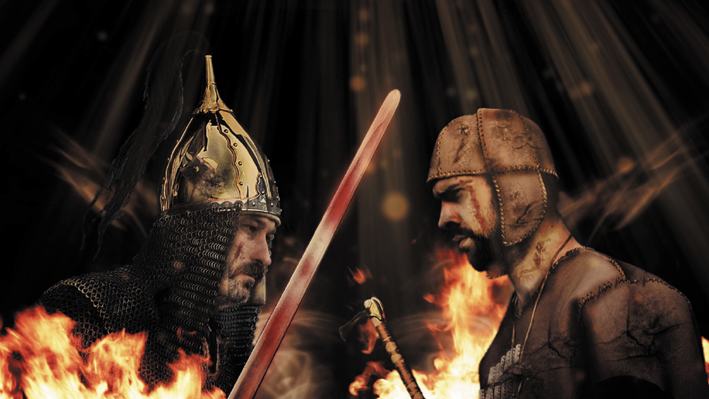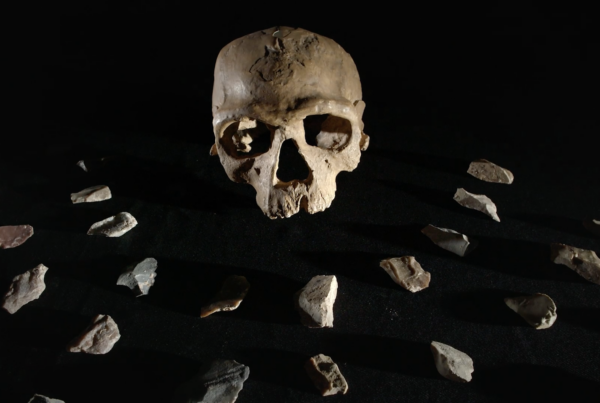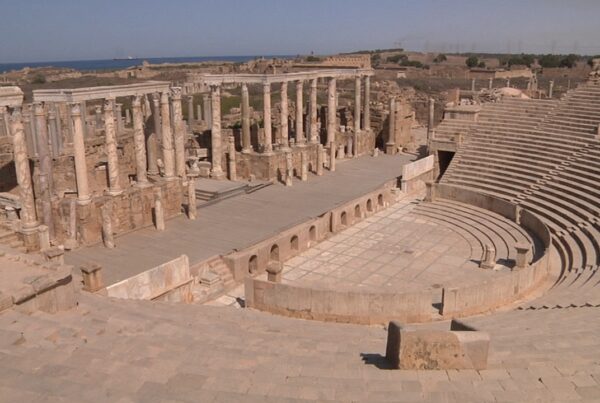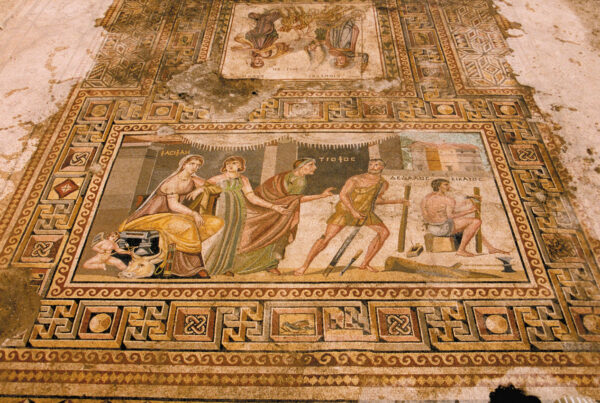The film presents the fascinating story of a recently discovered hill fort in Southern Poland. Archaeological excavations have shown that a settlement in this place rose and fell many times, just like the Greek Troy.
Its origins go back to 2100 BC, when a community belonging to the Pleszew Group of the Mierzanowice Culture arrived at this site on a bend on the River Ropa and built the first settlement. Four hundred years later a community belonging to the Trans-Carpathian Otomani-Füzesabony Culture reached this place. The archaeologists who discovered this during their work on the site were very surprised to find these people this far north.
The Otomani-Füzesabony people brought an advanced Anatolian and Aegean Mediterranean civilisation with them, dominated the Pleszew community, and developed the settlement into a large stronghold. Around 1350 BC a fire gutted the place, devastating the buildings and fortifications. The hilltop was uninhabited for nearly two thousand years.
In the 8th century AD a community of Slavs arrived and built a large hill fort here. Around 1030 AD, when the hill fort was destroyed, the hill on which it stood fell into oblivion.
The film shows how archaeology has helped to recover the hill’s secrets and learn about the cultural influence exerted by the Anatolian-Aegean civilisation on territories now part of Poland.
- Direction: ZDZISLAW COZAC
- Production: MEDIA PROMOCJA







